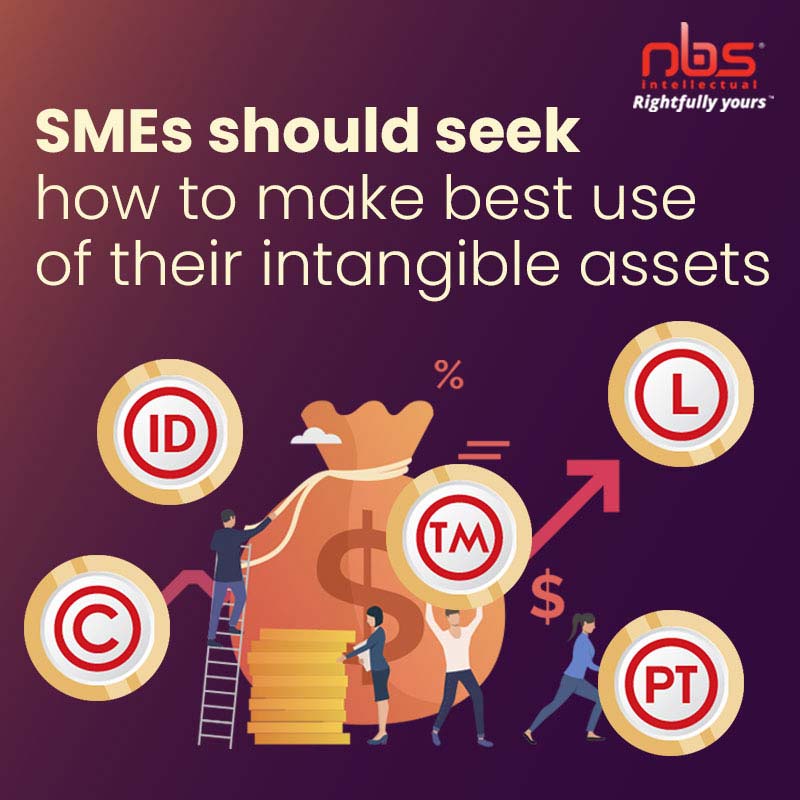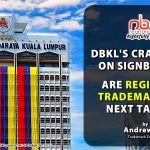▶️ Innovative products and processes (through patents and utility models)
▶️ Cultural, artistic and literary works including, in most countries, also for computer software and compilation of data (through copyright and related rights protection)
▶️ Creative designs, including textile designs (through industrial design rights)
▶️ Distinctive signs (mostly through protection of trademarks including collective and certification marks, but in some cases through geographical indications; see below)
▶️ Microchips (through protection of layout-designs or topographies of integrated circuits)
▶️ Denominations for goods of a given quality or reputation attributable to the geographical origin (through protection of geographical indication)
▶️ Trade secrets (through protection of undisclosed information of commercial value)
🔔 SMEs should seek how to make best use of their intangible assets. One crucial way of doing so is by legally protecting intangible assets and, where they meet the criteria for intellectual property protection, acquiring and maintaining IP rights.







Comments are closed.